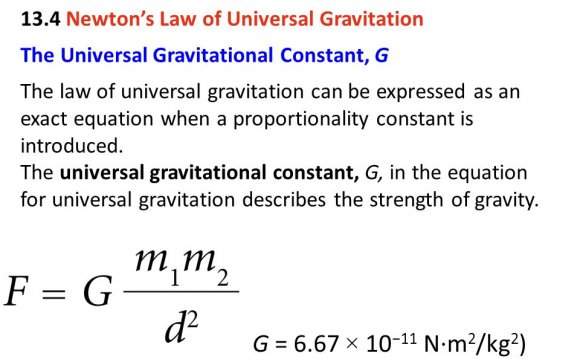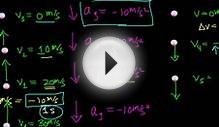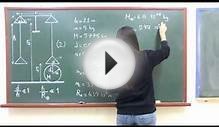
Figure 1: Portrait of Isaac Newton (by courtesy of SEDS).
Newton's Laws of Motion
- Law of Inertia: A body continues in its state of constant velocity (which may be zero) unless it is acted upon by an external force.
- Fundamental Law of Dynamics: For an unbalanced force acting on a body, the acceleration a produced is proportional to the force impressed; the constant of proportionality is the inertial mass m of the body.
F = m . a
- Law of Action and Reaction: In a system where no external forces are present, every action force is always opposed by an equal and opposite reaction force.
Newton's Law of Universal Gravitation
Two bodies attract each other with equal and opposite forces; the magnitude of this force is proportional to the product of the two masses and is also proportional to the inverse square of the distance between the centers of mass of the two bodies.
F = G . M . m / r2
where m and m are the masses of the two bodies, r is the distance between the two, and G is the gravitational constant, whose value is :
G = 6.67 . 10-11 Newton.metre2/kg2
The force with which the Earth attracts bodies situated near to its surface is called body's weight.
The weight of a mass m, located on the Earth's surface is :
P = m . g
This expression is an immediate consequence of the Universal Gravitation Law and of .
Under normal conditions, the value of g is approximately equal to 9.8 metres/second 2.
Gravitational Acceleration
According to, if a body acts on another with a certain force, the latter one acts on the former with an equivalent force in opposite direction. This happens with the Universal Gravitation Law, where the force that a body with mass m exerts on another body of mass m is the same as that exerted by the body of mass m on the body of mass m (although in opposite direction). However, although these forces are equal, the accelerations are not. By applying we will have:
- The acceleration value of the body with mass m is:
am = F / m = G . M / r2
which does not depend on m, but on m.
- The acceleration value of the body with mass m is:
aM = F / M = G . m / r2
The Two-body Problem: Differential Equations of Universal Gravitation
Considering that acceleration is the second derivative with respect to time, we have that the acceleration of a body subject to the gravitational action of another body of mass m is:
d2r/dt2 = G . M / r2
We use a cartesian co-ordinates permanently situated in the center of the body with mass m. For this reason, the position of the body of mass m coincides with its distance r to the origin of co-ordinates (its radius vector).
Changing the previous equation to cartesian co-ordinates (x, y) we obtain:
d2x/dt2 = G . M . x / r3
d2y/dt2 = G . M . y / r3
where r = square root (x2 + y2) Depending on the masses of the two bodies, and the initial conditions (the initial positions and velocities) the trajectory of the moving body may be:
- A free fall in a straight line.
- A circle (an ellipse with no eccentricity).
- An ellipse with a low eccentricity.
- An ellipse with a high eccentricity (a very elongated ellipse).
- A parabole (the limiting case).
INTERESTING VIDEO



 Under normal earth-bound conditions, when objects move owing to a constant gravitational force a set of dynamical equations describe the resultant trajectories. For example, Newton's law of universal gravitation simplifies to F = mg, where m is the mass of the body...
Under normal earth-bound conditions, when objects move owing to a constant gravitational force a set of dynamical equations describe the resultant trajectories. For example, Newton's law of universal gravitation simplifies to F = mg, where m is the mass of the body...








